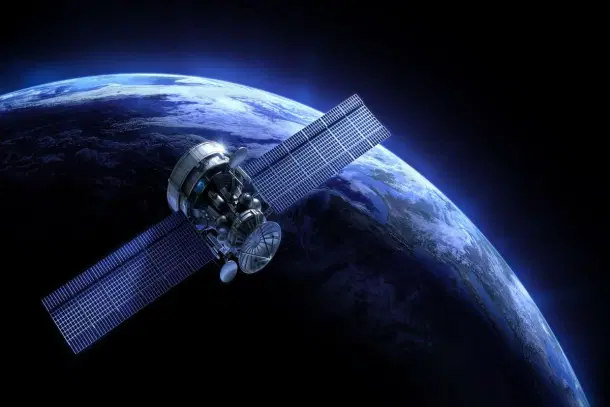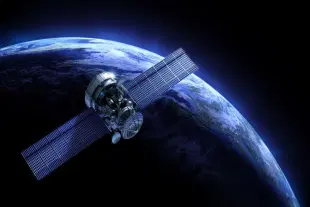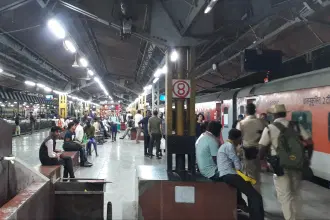News Brief
New Spaceport, Satellite Missions And Start-Up Push: Government Shares Space Sector Progress In Parliament
Arjun Brij
Aug 21, 2025, 01:36 PM | Updated 01:36 PM IST
Save & read from anywhere!
Bookmark stories for easy access on any device or the Swarajya app.


Union Minister Jitendra Singh, MoS for Science and Technology on Wednesday (20 August) informed the Parliament about India's progress in the space sector.
He provided information about topics ranging from new spaceports and navigation systems to private-sector innovation and Ladakh-specific projects to the various Members of Parliament (MPs) who had asked questions to the government on these issues.
Kulasekarapattinam Spaceport Progress
Singh in his written reply informed that the Indian Space Research Organisation’s (ISRO) second spaceport at Kulasekarapattinam in Tamil Nadu is progressing steadily, with commissioning targeted for the financial year 2026–27.
Land acquisition has been finalised, barring plots required for rerouting the East Coast Road. Site development is complete and construction of technical facilities is under way, alongside fabrication of equipment at multiple centres.
The project has seen an allocation of Rs 985.96 crore, of which Rs 389.58 crore has been utilised as of 31 July 2025.
Unlike the existing Satish Dhawan Space Centre at Sriharikota, where rockets must undertake manoeuvres to avoid spent stages falling over land, Kulasekarapattinam offers direct access to Sun-Synchronous Polar Orbits (SSPOs).
This reduces payload penalties and enables the Small Satellite Launch Vehicle (SSLV) to carry about 300 kg, a capacity deemed inadequate when launched from Sriharikota.
Space-Based Support for Ladakh
The minister also shared some light on ISRO's intensified projects benefiting Ladakh, including Resourcesat-3 & 3A, HRSAT, G20 Satellite and TRISHNA, all slated for realisation by 2027–28.
Data from Cartosat, Resourcesat, RISAT, INSAT, Oceansat, SARAL and NISAR satellites already provide valuable insights for the Himalayan region.
Further, 12 communication satellites currently cover Ladakh, enhancing broadband services, supplemented by 10 foreign satellites and three LEO/MEO constellations authorised for India.
Remote sensing initiatives such as Geo-Ladakh, LAMA, and urban planning under AMRUT schemes are also supporting water conservation, artificial glacier development, and hazard assessment.
Push For Space Start-Ups
Post-commissioning, Kulasekarapattinam will not be limited to ISRO alone. It is expected to host Non-Government Entities (NGEs), giving private firms and start-ups a dedicated platform for placing satellites in orbit.
To drive this, IN-SPACe has partnered with the Karnataka government to establish a Space Manufacturing Hub and a Centre of Excellence for Space Technology, while also extending support to more than 50 Bengaluru-based start-ups.
Five of these ventures have already received assistance under IN-SPACe’s Seed Fund Scheme and Pre-incubation programme. Initiatives such as seed fund opportunities in agriculture and disaster management, as well as a Technology Adoption Fund, are aimed at accelerating commercialisation.
Also Read: Nanded–Jalna Expressway Land Acquisition: Maharashtra Mulls Samruddhi Model For Compensation
Arjun Brij is an Editorial Associate at Swarajya. He tweets at @arjun_brij





